Itraconazole Cat Oral Solution 20mg for Cats: A Complete Veterinary Guide
Fungal infections in cats, while less common than bacterial or parasitic diseases, can be serious and even life-threatening if not properly treated. These infections may affect the skin, respiratory tract, central nervous system, or internal organs. Itraconazole Cat Oral Solution 20mg, which contains the potent antifungal agent itraconazole, is specially formulated for veterinary use in feline patients and plays a vital role in treating a wide range of superficial and systemic mycoses.
This comprehensive guide explores the pharmacological action, indications, administration guidelines, safety considerations, and dosing of Vetconazole 20 mg oral solution for cats. It includes a detailed dosage table to assist veterinarians and pet owners in accurate treatment planning.
What is Itraconazole Cat Oral Solution 20mg?
Itraconazole Cat Oral Solution 20mg is a veterinary preparation of itraconazole, a second-generation triazole antifungal agent. It is used to treat various fungal infections in cats by inhibiting fungal cell membrane synthesis, thereby disrupting cell growth and replication.
Key Features:
- Active Ingredient: Itraconazole (20 mg/mL)
- Formulation: Oral liquid, flavored for better palatability in cats
- Volume: Available in 50 mL and 100 mL bottles
- Class: Azole antifungal (triazole)
Mechanism of Action
Specifically, it inhibits the cytochrome P450 enzyme lanosterol 14α-demethylase, leading to impaired membrane integrity and subsequent fungal cell death.
This mechanism makes itraconazole fungistatic at low concentrations and fungicidal at higher levels, depending on the pathogen and dosage.
Indications: When is Itraconazole Cat Oral Solution 20mg Used in Cats?
Itraconazole Cat Oral Solution 20mg is indicated for treating a broad range of cutaneous, mucosal, and systemic fungal infections in feline patients.
1. Dermatophytosis (Ringworm)
- Often seen in kittens, shelters, or multi-cat households
- Vetconazole is particularly effective when topical therapy alone is inadequate
2. Systemic Mycoses
- Cryptococcosis: Involving nasal cavity, CNS, and eyes
- Histoplasmosis: Involving lungs, liver, spleen
- Aspergillosis: Primarily affects nasal passages but can become invasive
- Blastomycosis (less common in cats): Affects lungs and lymph nodes
3. Malassezia Infections
- In rare cases of yeast dermatitis or otitis externa, Vetconazole may be prescribed as systemic support.
4. Sporotrichosis
- Characterized by nodular skin lesions, this infection is caused by Sporothrix schenckii
- Itraconazole is considered the treatment of choice
Dosage and Administration Guidelines
Itraconazole dosing in cats is typically based on body weight and infection type. Itraconazole Cat Oral Solution 20mg allows precise dosing, particularly for smaller cats and kittens.
Standard Dosage Recommendations
- For dermatophytosis, the recommended dose is 5–10 mg/kg by mouth once daily, typically continued for 2 to 4 weeks
- Systemic mycoses in cats are usually treated with itraconazole at 10 mg/kg orally per day for a minimum of 4 to 6 weeks
- Pulse Therapy (Intermittent): 7 days on, 7 days off cycles may be used in long-term cases
Itraconazole Cat Oral Solution 20mg : Feline Dosage
| Cat’s Weight (kg) | Dose (mg) | Volume (mL of Vetconazole) | Dosing Frequency | Common Use |
| 1.0 kg | 10 mg | 0.5 mL | Once daily | Kittens, small cats |
| 2.0 kg | 20 mg | 1.0 mL | Once daily | Dermatophytosis |
| 3.0 kg | 30 mg | 1.5 mL | Once daily | Ringworm, mild systemic use |
| 4.0 kg | 40 mg | 2.0 mL | Once daily | Cryptococcosis, sporotrichosis |
| 5.0 kg | 50 mg | 2.5 mL | Once daily | Histoplasmosis |
| 6.0 kg | 60 mg | 3.0 mL | Once daily | Aspergillosis, chronic use |
| 7.0 kg | 70 mg | 3.5 mL | Once daily | Severe systemic infections |
Note: Always administer Vetconazole with food to enhance absorption. Shake the bottle well before each use.
How to Administer Itraconazole Cat Oral Solution 20mg to Cats
Practical Tips
- Use the provided oral syringe for accurate measurement.
- Give after a meal to reduce gastrointestinal upset and improve absorption.
- If vomiting occurs within 1 hour of dosing, consult the vet—redosing may be required.
Pharmacokinetics in Cats
- Bioavailability: Increases significantly with food
- Half-life: ~16–24 hours in cats, allowing once-daily dosing
- Metabolism: Hepatic via cytochrome P450 enzymes
- Excretion: Mainly fecal; minimal renal excretion
Safety Profile and Side Effects of Itraconazole Cat Oral Solution 20mg for Cats
Itraconazole is preferred over first-generation antifungals like ketoconazole due to:
- Improved tissue penetration
- Wider antifungal spectrum
- Lower risk of hepatotoxicity
- Once-daily dosing convenience
Common Side Effects (Typically Mild to Moderate)
These side effects are the most frequently observed and are often transient, resolving as the cat adapts to the medication:
1. Gastrointestinal Disturbances
- Vomiting: Often occurs within the first week; may be reduced by giving the medication with food.
- Diarrhea: Usually mild; monitor hydration status and stool consistency.
- Anorexia (loss of appetite): Common; if prolonged, may require antiemetics or dose adjustment.
2. Lethargy or Behavioral Changes
- Decreased energy or reduced activity may occur during the initial phase of treatment.
- Generally not dose-limiting unless accompanied by systemic signs of toxicity.
3. Drooling or Foaming at the Mouth
- May occur if the cat finds the taste unpalatable or if the solution is administered incorrectly.
- Ensure proper delivery to the cheek pouch, not directly down the throat.
Serious or Rare Side Effects (Require Immediate Veterinary Attention)
Though uncommon, these side effects may arise with prolonged treatment, high doses, or underlying sensitivity:
1. Hepatotoxicity (Liver Toxicity)
- Mechanism: Itraconazole is metabolized via hepatic cytochrome P450 enzymes. Toxicity may result from metabolic buildup or oxidative stress.
- Signs:
- Yellowing of gums or sclera (jaundice)
- Persistent vomiting or inappetence
- Lethargy
- Abdominal discomfort
- Action:
- Discontinue immediately
- Perform ALT, AST, and ALP blood tests
- Provide hepatoprotective therapy if needed (e.g., SAMe, silymarin)
2. Cutaneous Reactions
- Presentation: Erythema, ulcers, scaling, or itching
- Risk Factors: Hypersensitivity, prolonged exposure
- Management: Discontinue therapy and administer antihistamines or corticosteroids under veterinary guidance
3. Neurotoxicity (Rare)
- Signs: Ataxia, tremors, head tilt, disorientation
- Treatment: Supportive care; dose discontinuation or reduction
4. Hematological Abnormalities
- Itraconazole may rarely suppress bone marrow function, leading to:
- Anemia
- Neutropenia
- Thrombocytopenia
- Detected via CBC (Complete Blood Count)
- Action: Stop drug, provide supportive therapy, monitor counts
5. Gastrointestinal Ulceration (Very Rare)
- Signs: Blood in vomit or stool, melena, oral ulcers
- May occur due to prolonged GI irritation or overdose
- Requires immediate discontinuation and gastric protectants (e.g., sucralfate)
Contraindications for Use
| Condition | Clinical Rationale |
| Pre-existing liver disease | Risk of exacerbated hepatic stress |
| Pregnant or lactating cats | Potential for teratogenic effects and milk transfer |
| Known hypersensitivity to azoles | Risk of anaphylactic or dermatologic reactions |
| Cats with severe systemic illness | May alter pharmacokinetics; liver and renal burden |
| Concurrent use with contraindicated drugs | May lead to toxic drug interactions (see below) |
Drug Interactions
Itraconazole strongly inhibits cytochrome P450 3A4 enzymes, affecting the metabolism of many drugs.
Avoid or Use with Caution:
| Drug/Drug Class | Interaction Type | Result |
| Cisapride | Cardiac arrhythmia risk | Contraindicated |
| Cyclosporine | Increased serum levels | May require dose adjustment |
| Corticosteroids | Slowed clearance | May cause Cushing-like effects |
| Macrolide antibiotics | Increased itraconazole toxicity risk | Use only if benefits outweigh risks |
| Antacids/PPIs | Reduced gastric absorption | Space out by 2 hours if co-administered |
Understanding Tolerance and Dose Adjustments
Cats vary in their metabolism of itraconazole. Some may show hypersensitivity at normal doses, while others may tolerate higher or pulsed regimens well.
- Consider pulse therapy (7 days on, 7 days off) for chronic infections or to reduce liver burden
- Use therapeutic drug monitoring (TDM) in refractory or sensitive cases if available
Monitoring Guidelines
Long-term use of Vetconazole requires routine veterinary follow-up, including:
- Liver enzyme tests (ALT, AST) every 2–4 weeks
- Complete blood count (CBC)
- Serum chemistry panel to monitor organ function
Client Education and Compliance Tips
For Better Compliance:
- Provide written and verbal instructions
- Use dosing calendars or phone reminders
- Explain the importance of completing the full course
- Reinforce the need for follow-up blood tests
Explain Duration Clearly
- Dermatophytosis: Typically 2–4 weeks
- Systemic infections: 6–12 weeks or longer
Comparison with Other Antifungal Drugs
| Drug | Class | Dosing | Key Use in Cats | Advantages |
| Ketoconazole | Imidazole | BID | Dermatophytosis | Lower cost, but more hepatotoxic |
| Fluconazole | Triazole | SID | Cryptococcosis, CNS infections | Better CNS penetration, less liver load |
| Itraconazole | Triazole | SID | Systemic mycoses, skin infections | Broad-spectrum, feline-safe formulation |
| Terbinafine | Allylamine | SID | Dermatophytes, yeast infections | Often used in combo with itraconazole |
Itraconazole remains first-line in cats for its effectiveness against both superficial and systemic fungal pathogens, with Vetconazole offering a convenient and palatable delivery system.
Research and Future Directions
Veterinary pharmacology is continually evolving. New studies on itraconazole in feline patients are focusing on:
- Pulse dosing strategies to minimize hepatotoxicity
- Combination therapy with terbinafine or fluconazole for resistant strains
- Breed-specific pharmacogenomics affecting itraconazole metabolism
Emerging nanoparticle and liposomal itraconazole delivery systems may improve tissue penetration and reduce dosing frequency in the future.
Conclusion
Itraconazole Oral Solution 20 mg for cats offers a potent and targeted treatment for a wide range of fungal infections, including ringworm (dermatophytosis), yeast infections, and certain systemic mycoses. Its liquid form ensures easier administration, especially for cats that resist tablets or capsules, and allows for precise dosage adjustments based on body weight and infection severity. With strong antifungal activity and well-documented veterinary use, itraconazole oral solution is often a preferred choice for veterinarians managing persistent or difficult-to-treat infections. Close monitoring and adherence to veterinary instructions are essential to avoid adverse effects and ensure successful treatment.







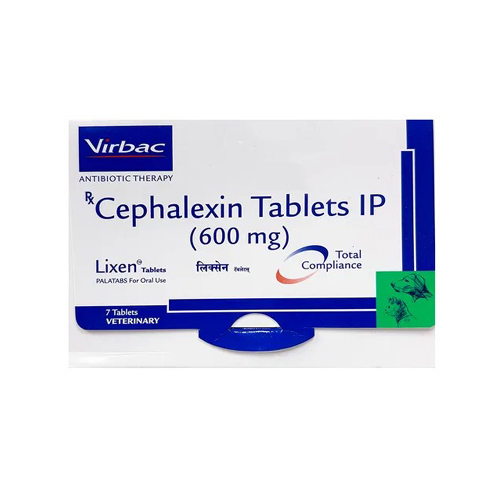
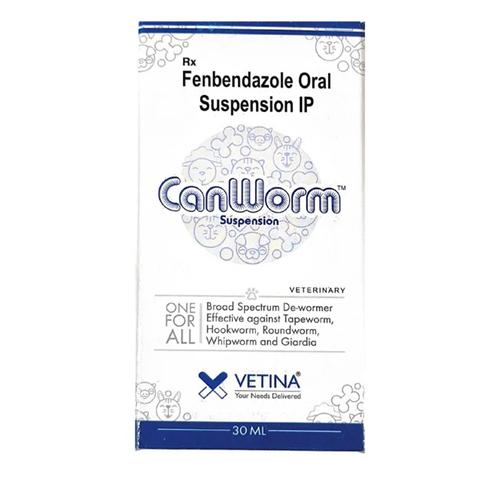


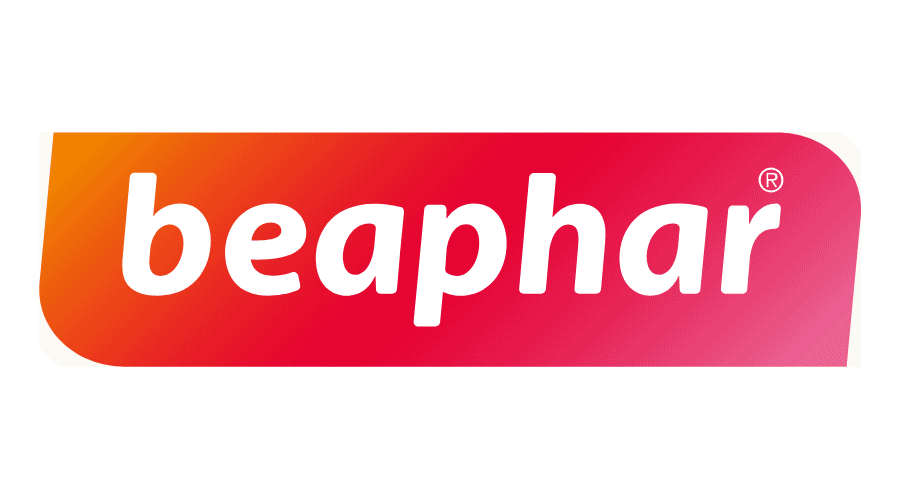
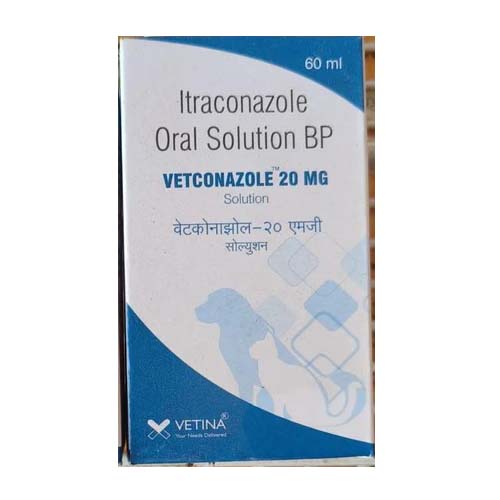

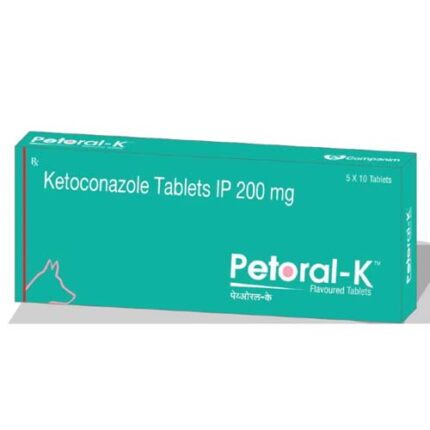
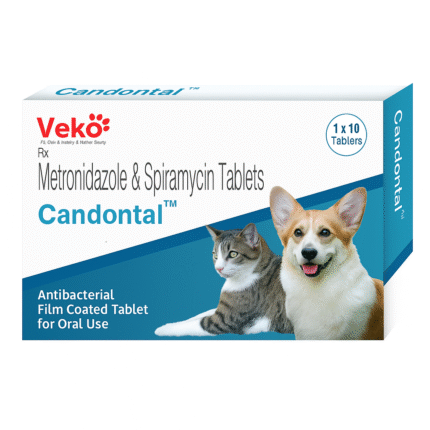
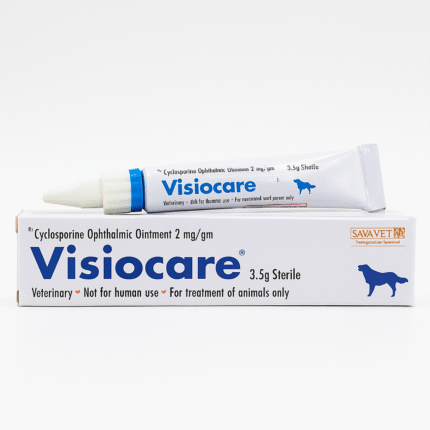

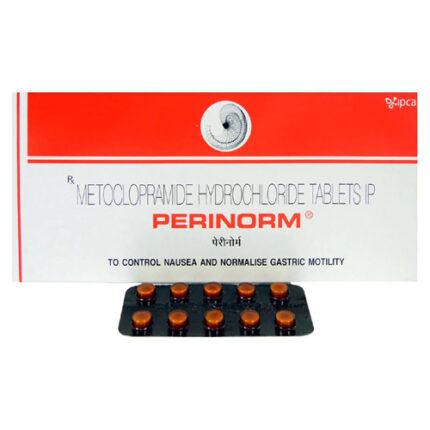

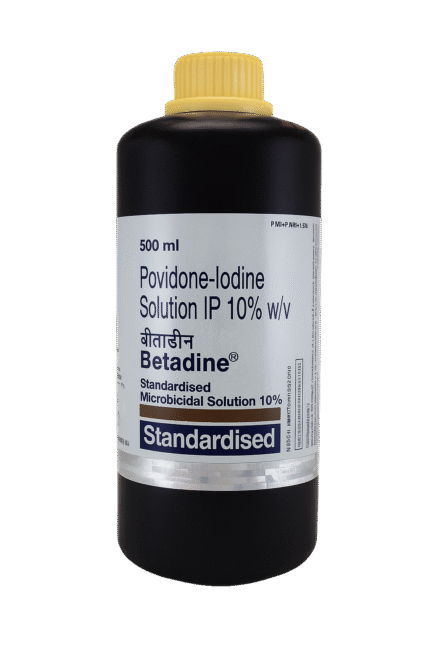
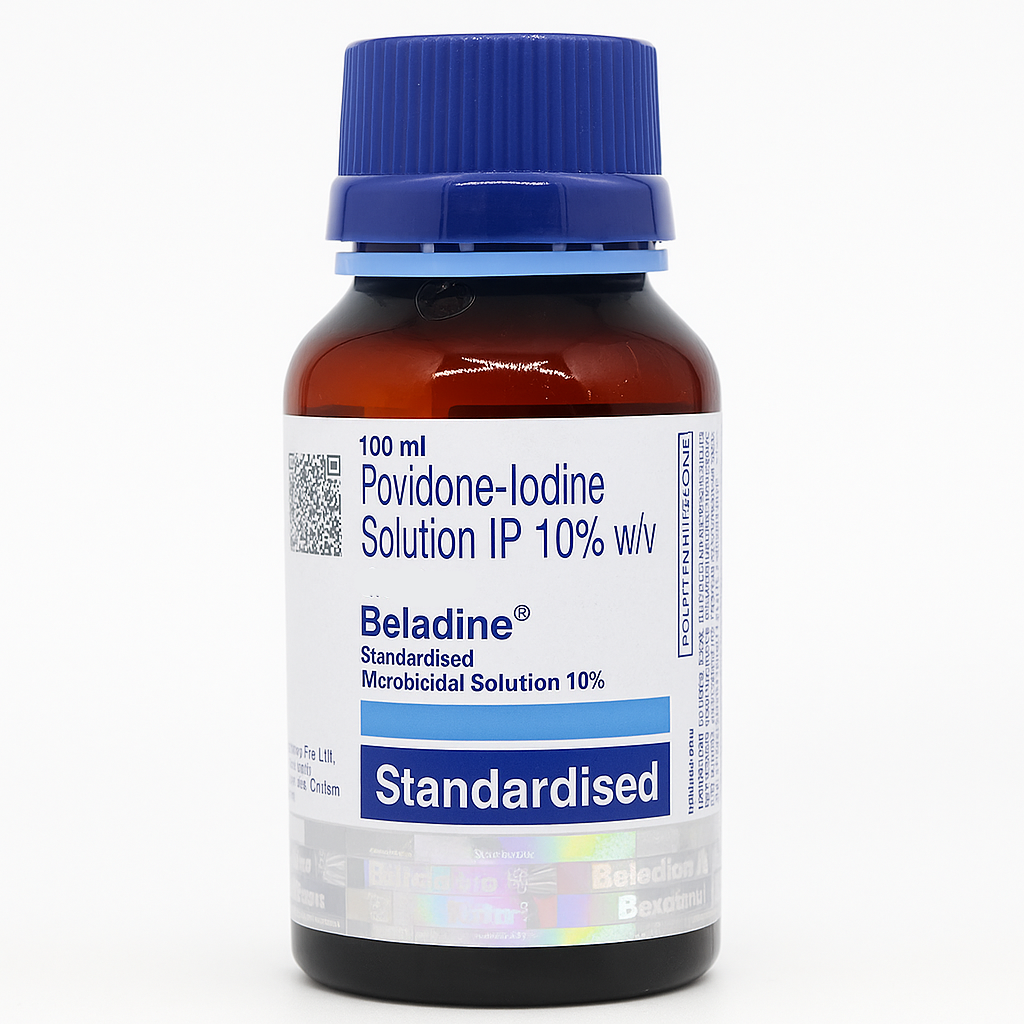

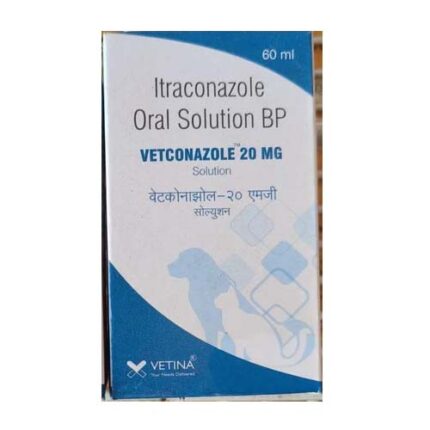
Reviews
There are no reviews yet.